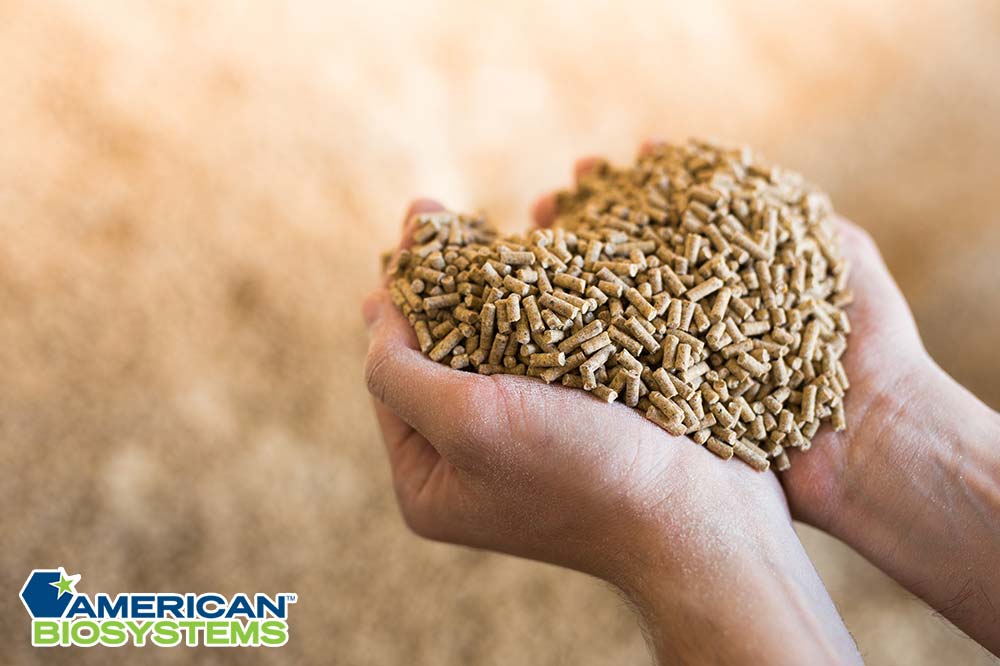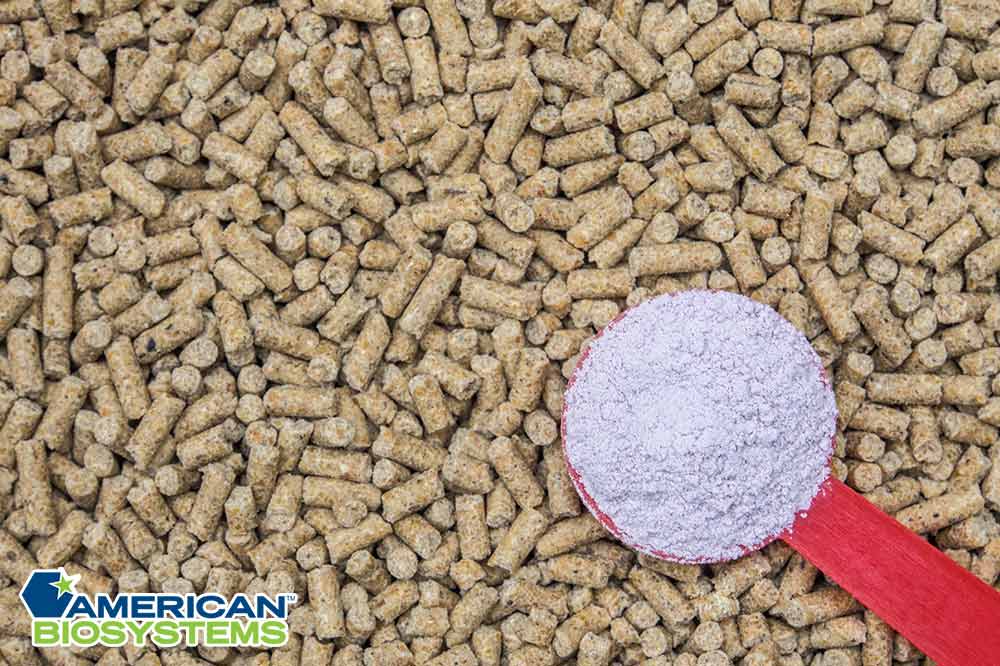One of the largest and most expensive operating costs when it comes to the livestock business is the feed for the animals. This means that in order to make a proper and very profitable animal farm business, feed expenses should be kept to the lowest minimum possible while still feeding the animals adequately and keeping them healthy. To accomplish this, animal nutrition programs from American Biosystems and other companies have […]
How to Improve Wastewater Treatment
Wastewater management is an increasingly urgent challenge for municipalities, factories, and agribusinesses everywhere. Regulators, shareholders, and the general public demand alternatives to old chemical-based methods of effluent treatment no longer believed to be safe. Custom enzyme formulations combined with microbial inoculation empowers wastewater emitters to reduce environmental impact and achieve environmental goals while simultaneously reducing expenses. How Do Enzymes Work In Wastewater Treatment? Enzymes are biological catalysts. They influence the […]
Why Are Additives Put in Livestock Feed?
A tremendous variety of additives appear in commercial livestock feed. Feed makers add a variety of antibiotics, such as bacitracin, chlortetracycline, erythromycin, lincomycin, neomycin sulfate, oleandomycin, oxytetracycline, procaine penicillin, streptomycin, tylosin, virginiamycin, and the bambermycins to animal feed to increase growth. These antibiotics usually do not prevent any particular animal disease, but they do increase the rate at which animals convert feed into market weight (possibly by preventing subclinical infections). […]
Xylanase: One Enzyme Multiple Applications
What is Xylanase? (The other cellulase to add to your product) Xylanase is the enzyme responsible for the catalysis of xylan residues. Over the years the use of xylanases by industry has increased significantly. They play an important role in the textile, feed, waste water and pulp & paper industries. Xylanases can come from different microbial sources including bacteria actinomycetes and yeast. Depending on the microbial source is the activity […]




